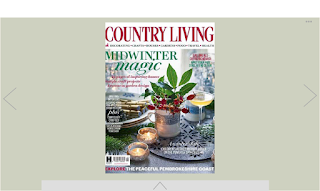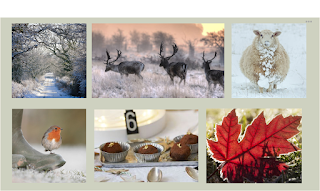BBC News. 2015. Hamburger icon: How these three lines mystify most people
Avaliable at: http://www.bbc.co.uk/news/magazine-31602745
The hamburger icon is one of which has appeared in many of the researched websites. The three lines are an icon that many now associate with a menu across internet pages and apps. Through reading the article on BBC news, I came across some research conducted by James Foster, 'a web developer based in New Zealand'. This research focused on the differences with the icon and how the changes in the design affected the level of interactivity.
'Adding the word "menu" underneath the three lines increases the button's use by 7.2%'
'Putting the hamburger inside a box, so it looks like a button, increases use by 22.4%'
'Switching the lines for the word "menu" makes 20% more people click"
Taking these percentages into consideration, the most appropriate choice for a menu icon would be a burger inside a box:
The second most appropriate would be:
Other variations of the menu are:
Although using the design that increases the button's use would be appropriate, it is also appropriate to look at what the target audience would be most familiar with using, as well as gaining their opinion on each of the designs. Looking at the personas, 2 out of 3 use their screen device to browse social media. Websites such as Facebook and Pinterest the below icons on a tablet device. This would suggest that they would recognise the typical hamburger icon. This is also the design that is used on the Country Living website.
To gain direct feedback from the target audience of the website, I contacted members of the audience who have been assisting me throughout the design process. A mock up page of the website was used to demonstrate the three icons to them. The comments received were:
- The most appealing icon that I understand the most is the 'MENU' wording. On the image that you showed me, this shape stood out to me the most when viewing it on screen. It also clearly demonstrates its purpose. As an older lady who only uses a tablet to read the news and check emails, the other icons are more unknown to me although I have seen them before - Country Living website.
- The classic hamburger shape is one that I am aware brings up a menu type bar. This recognition is through seeing the shape on apps on my iphone. Seeing the mock up images you sent, the three dots works effectively as it is subtle but still stands out enough for me to know it's there.
These comments are from two members of the target audience of an age of 73 and 48. From the data collected at the Country Living fair and that recorded by the event holders, the average age of those who interact with Country Living is 56. As a designer it is important to consider all members of the target audience and to find a solution that is most appropriate for the majority/all of the members of the audience. Further experimentation will be taken into which design is the most successful, viewing the icons on the fully designed webpages.
















































